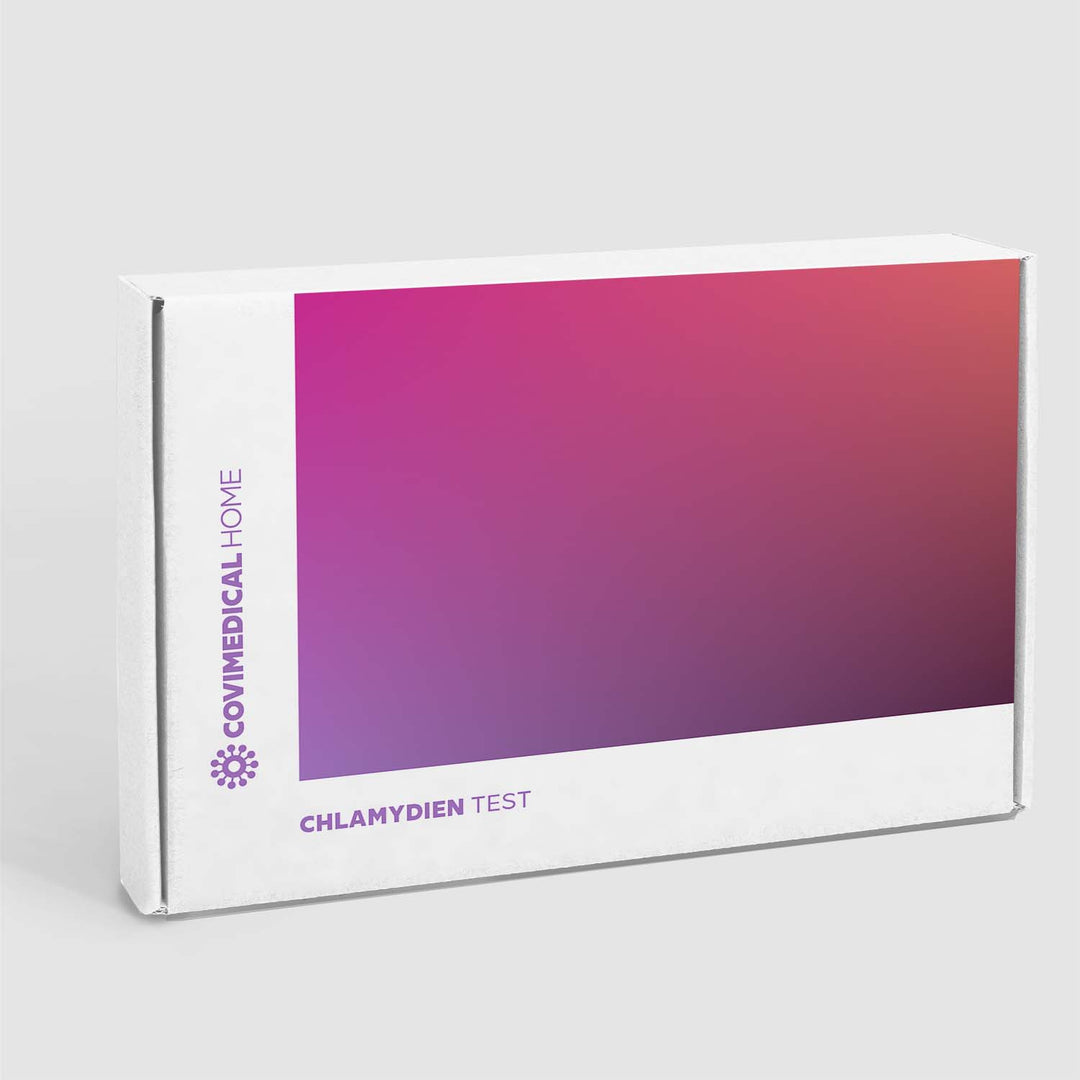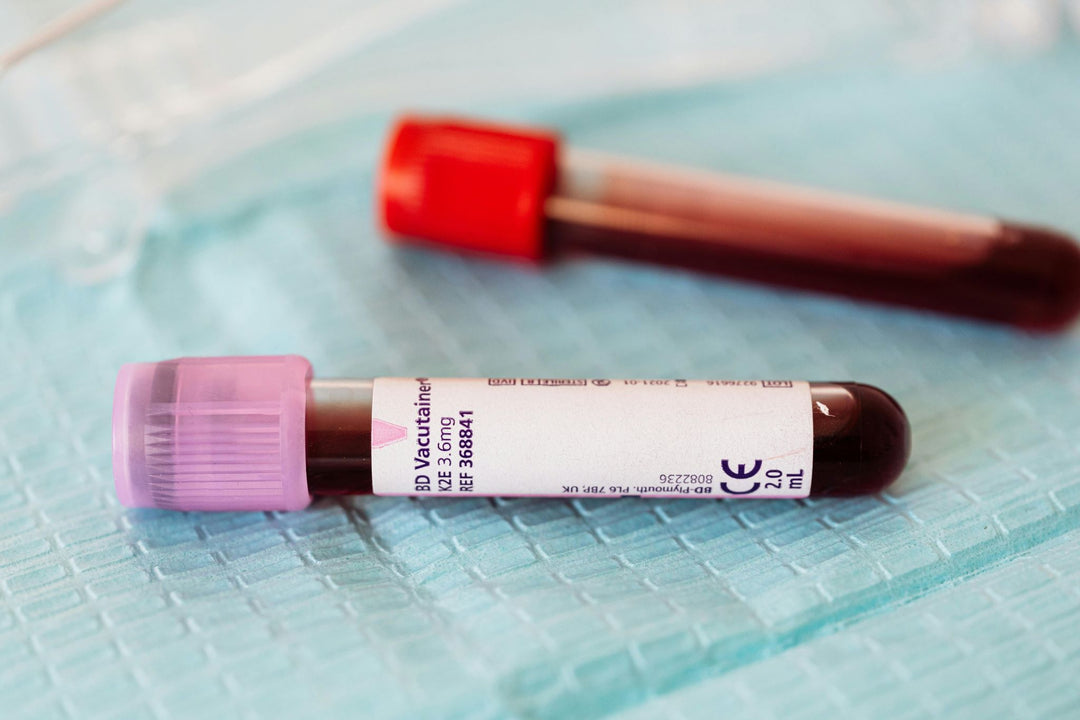Gonorrhea - How to recognize gonorrhea and what you can do about it
Gonorrhea, also known as "Tripper," is a widespread sexually transmitted infection (STI) caused by the bacterium Neisseria gonorrhoeae. This infection affects both men and women and can involve various areas of the body, including the genitals, throat, mouth, and eyes.
Symptoms
Symptoms of gonorrhea can vary depending on the affected area. In men, the infection often manifests as a burning sensation during urination, discharge from the urethra, swelling in the genital area, and sometimes even sore throat if the throat is affected.
In women, similar symptoms may occur, but the signs are often more subtle. Vaginal discharge, pain during urination, lower abdominal pain, and sore throat are possible indicators. Some affected individuals may also develop skin rashes.
Treatment
Historically, this disease was mentioned in ancient Greece and Rome and was challenging to treat before the discovery of antibiotics. Nowadays, prevention and education remain crucial measures, as antibiotic resistance can increase.
Treating gonorrhea requires immediate medical intervention. Doctors typically prescribe antibiotics to combat the bacteria. The exact treatment may vary depending on the individual case and should always be prescribed by a medical professional. Early treatment is crucial to prevent potential complications such as infertility and the spread of the infection to other body regions.
For a successful gonorrhea treatment in both men and women, it's essential to follow the treatment course precisely and avoid any sexual contact during the treatment to prevent transmission. Additionally, the partner should get tested for infection and, if necessary, undergo treatment to prevent reinfection.
Transmission Routes and Prevention Measures
It's important to note that gonorrhea can be transmitted not only through sexual intercourse but also through oral sex, kissing, and direct contact with infected bodily fluids. For this reason, the use of condoms and dental dams, along with regular STI testing for sexually transmitted infections, is crucial to reduce the risk of infection.
Home Remedies and Supplementary Measures
There are some home remedies that can be used as supportive measures during gonorrhea treatment. However, these cannot replace medical therapy. Gargling with saltwater or drinking cranberry juice may provide relief for sore throat or urinary tract issues. Nevertheless, this should only be considered as a supplementary measure.
Early Detection and Responsibility
Overall, it is crucial to be aware of the risks of gonorrhea and practice responsible sexual behaviors. If there is suspicion of infection or symptoms arise, seeking medical attention promptly is advisable. Early diagnosis and treatment are key to avoiding potential complications and containing the spread of this sexually transmitted infection. By acting informed, we can contribute to reducing the spread of gonorrhea and protecting sexual health.



















